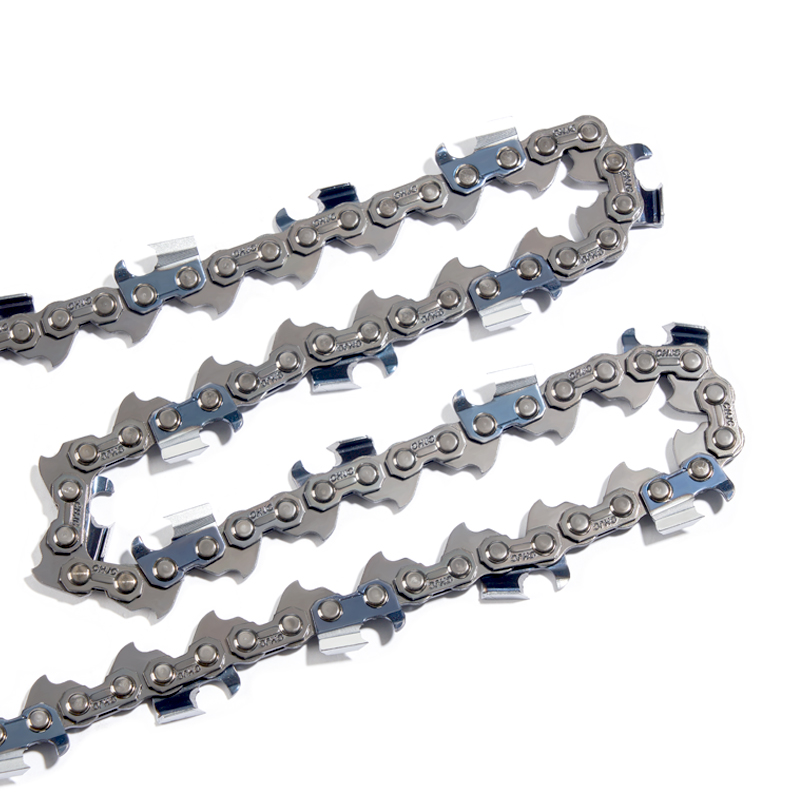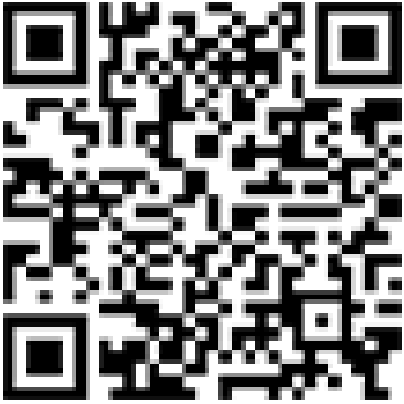1. Choose the right chain saw model
The .404" .063" SAW CHAIN is compatible with a variety of chainsaw brands and models, including Echo, Stihl, Husqvarna, Oregon, Craftsman, McCulloch, Homelite, Poulan, Makita, Dolmar, and Milwaukee. Make sure the specifications of your chain saw match the size and number of drive links of your saw chain for optimal performance.
2. Confirm the number of drive links
The .404" .063" SAW CHAIN is available in a variety of drive link counts, including 60, 92, 100, and 104. Choosing the correct number of drive links is critical to ensuring that the saw chain works perfectly with your chainsaw. The specifications of your chain saw will indicate the number of drive links required, so be sure to check carefully to avoid incompatibility issues.
3. Installation and Adjustment
Proper installation of the .404" .063" SAW CHAIN is a critical step to ensure its efficient operation. Install the saw chain on the guide bar of the chain saw in the correct sequence (standard, half-skipped or skipped). Make sure each link is properly aligned and the chipper and knife are in the correct position. Adjust the tension of the chain saw so that the chain is neither too tight nor too loose to ensure that it remains stable during operation.
4. Maintenance and Care
Regular maintenance and care are essential to maintain the optimal performance of the .404" .063" SAW CHAIN. After each use, check the saw chain for damage or wear and replace damaged parts in time. Lubricate the saw chain regularly to reduce friction and wear and extend its service life. Keep the chain saw clean and dry to avoid corrosion of the saw chain.
5. Safe Operation
Always follow safe operating procedures when using the .404" .063" SAW CHAIN for cutting operations. Wear appropriate protective gear, such as goggles, earmuffs, and gloves to protect yourself from injury. Make sure the work area is tidy and avoid debris that interferes with the cutting process. During the cutting process, maintain a stable operating posture and avoid excessive force to ensure the accuracy and safety of the cutting.
 English
English
 中文简体
中文简体
 русский
русский



















